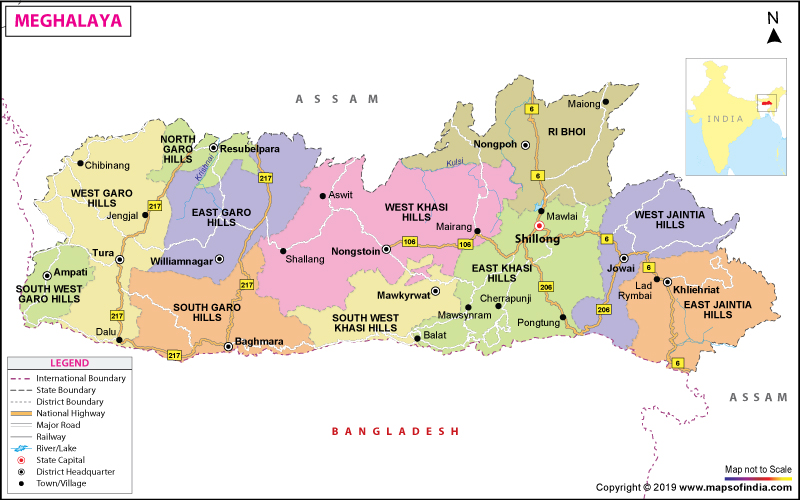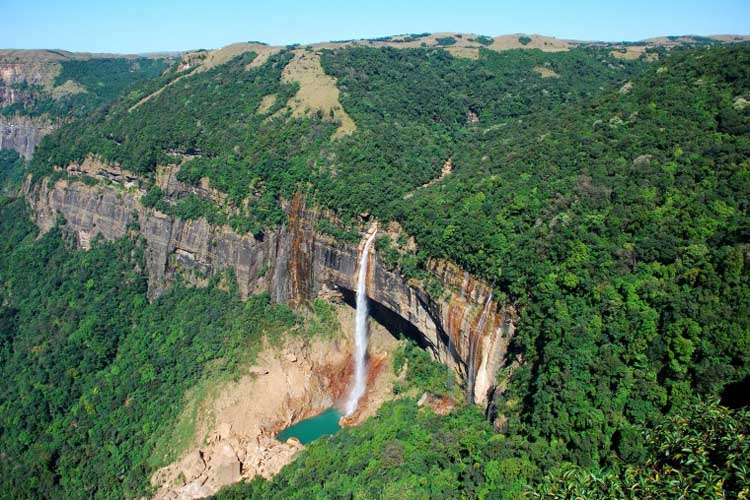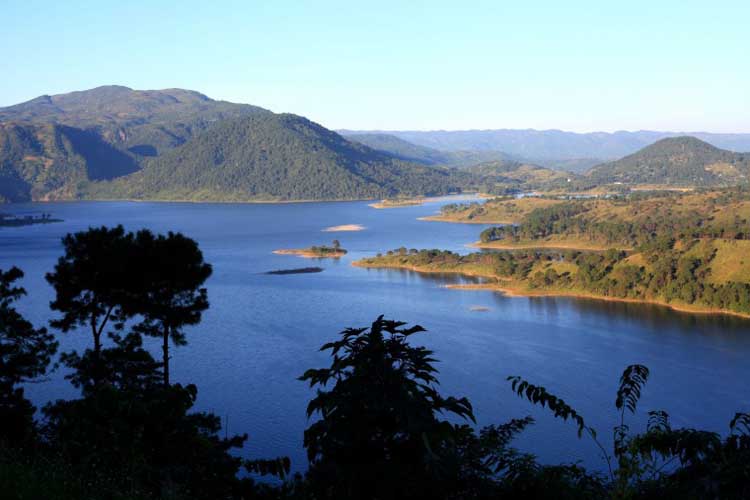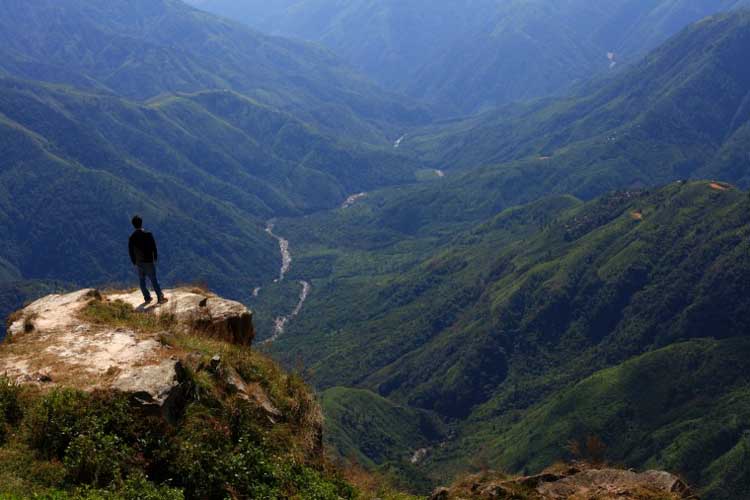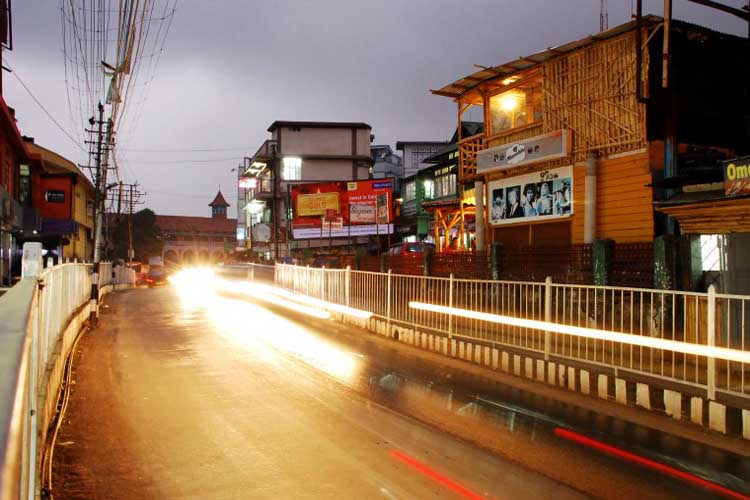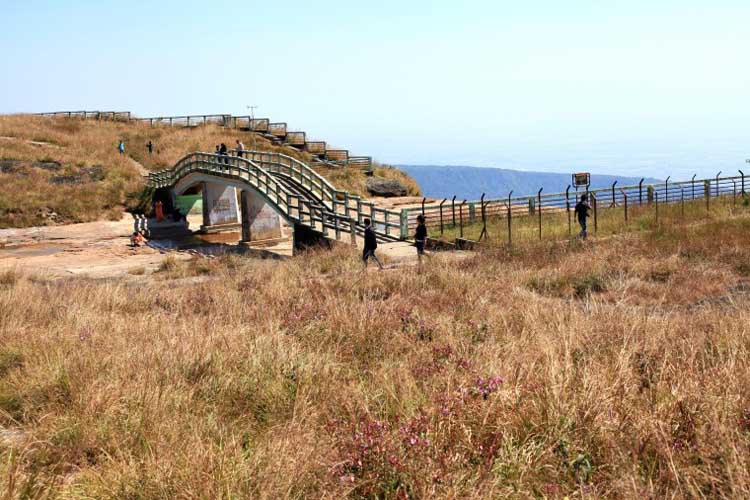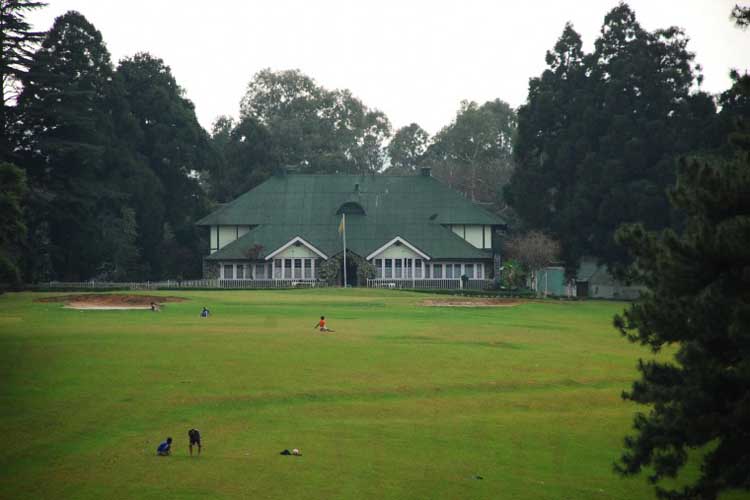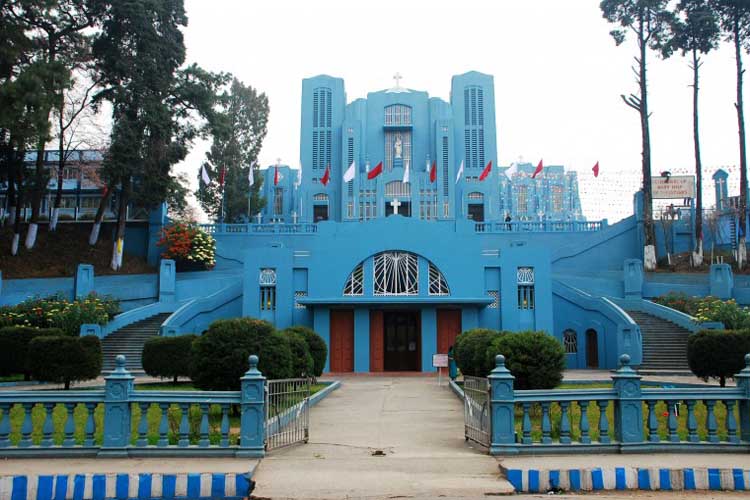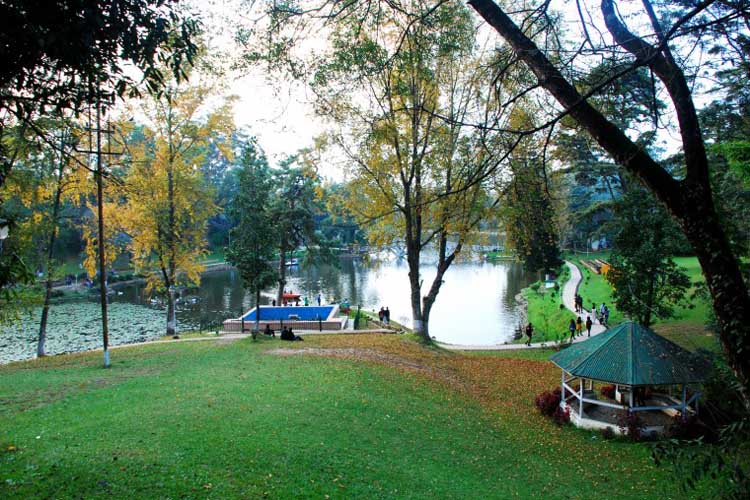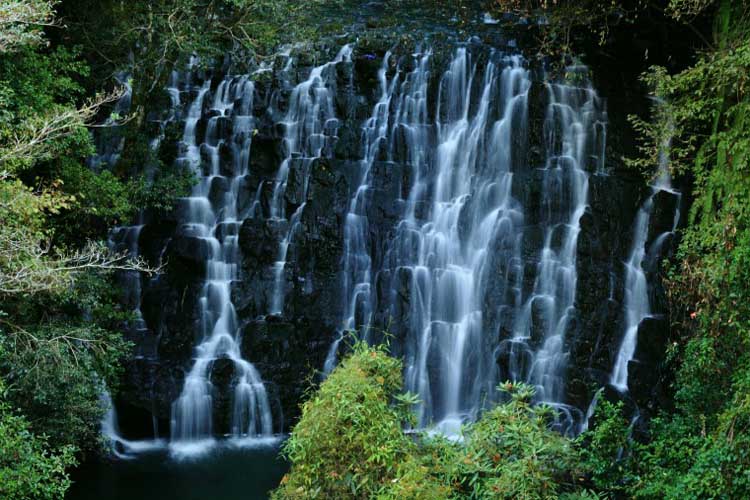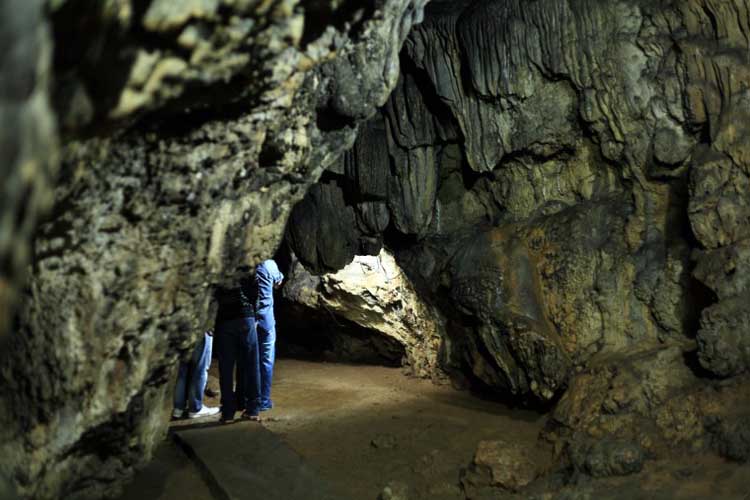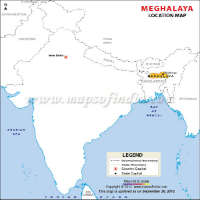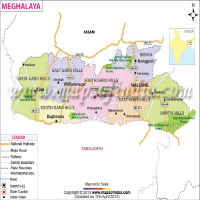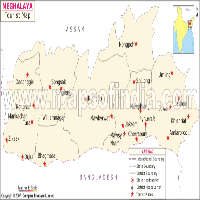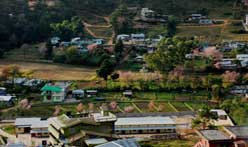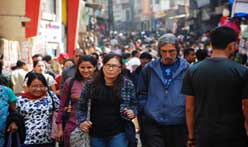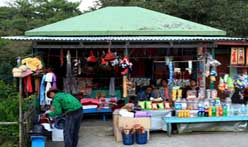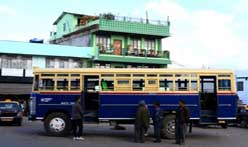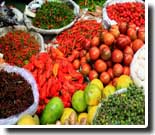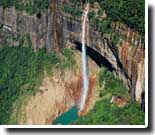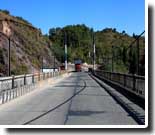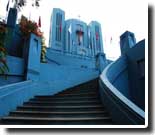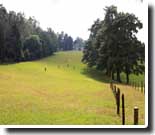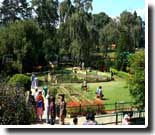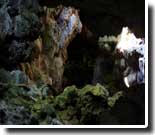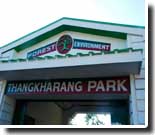About Meghalaya
Meghalaya, the Abode of Clouds, is a state in the Northeast region of India. The state has a total area of 22,429 sq km and about one third of the state is under mountain forest cover. Meghalaya has a total population of 29,66,889 as per the 2011 census. Shillong is the capital of Meghalaya. The state is surrounded by Assam to its north and Bangladesh to its south.
Meghalaya lies in the Northeastern part of India. The fact remains that a major part of the border of the state is situated on the north and eastern part of Assam. The south and west part are with Bangladesh. It is possible to consider Meghalaya as the wettest state in the country, experiencing an annual rainfall of 1,200 cm. There are numerous rivers including Ganol, Umiam, Umngot, Umkhem and Damring. Apart from the aforementioned rivers, you can also find a number of other rivers such as Umiam Mawphlang and Khri.
Facts on Meghalaya | |
|---|---|
| Official Website | www.meghalaya.gov.in |
| Date of Formation | Jan 21, 1972 |
| Area | 22,429 sq km |
| Density | 132/Km2 |
| Population (2011) | 29,66,889 |
| Males Population (2011) | 14,91,832 |
| Females Population (2011) | 14,75,057 |
| Population Growth (2011) | 27.82% |
| No. of District | 11 |
| Capital | Shillong |
| Rivers | Khasi, Pnar, Garo. Sanda, Daring, Bhogai, Bandra, Simsang, Dareng, Bhupai, Nitai |
| Forests & National Park | Balpakram NP, Nokrek NP Siju Bird Sanctuary, Nongkhyllem WS |
| Languages | Khasi, Bengali, Garo, Hindi, English |
| Neighbours State | Assam |
| State Animal | Clouded Leopard |
| State Bird | Hill Myna |
| State Tree | Gamari |
| State Flower | Lady Slipper Orchid |
| Net State Domestic Product (2011) | 50,427 |
| Literacy Rate (2011) | 91.58% |
| Females per 1000 males | 986 |
| Assembly constituency | 60 |
| Parliamentary constituency | 2 |
Etymology of the word Meghalaya
In languages like Sanskrit and other forms of Indic dialects, the expression or term Meghalaya stands for the abode of the clouds. The name is absolutely ideal since the whole state is home to many mountain ranges.
-
 Places of Interest
Places of Interest -
 Travel Guide
Travel Guide -
 Education
Education -
 Important Places
Important Places -
 How to Reach
How to Reach
History
The state of Meghalaya was formed by carving as many as two different districts of the state of Assam. It was on 21st January in the year 1972 that Meghalaya was carved out of Jaintia Hills and United Khasi Hills. Prior to gaining recognition as a full state, the state gained recognition as a semi-autonomous state in the year 1970. Meghalaya gained recognition as a new part of the province of Assam and Eastern Bengal when Bengal was partitioned on 16 October in the year 1905. Lord Curzon was responsible for partitioning Bengal. Meghalaya became an integral part of the Assam province when partition was reversed in the year 1912. It was in the year 1947, during the time of Indian Independence that the state of Meghalaya comprised two main districts and enjoyed a true sense of autonomy within the Assam state. It was only in the year 1971, after the approval of the North-Eastern Areas Act that the state gained recognition as a statehood. The state also enjoyed a Legislative Assembly of its own. More Details...
Geography and Climate
The total area of Meghalaya is approximately 22,429 square kilometres. The total population you can associate with the state is 29,66,889 (2011). It is true that the most important aspect that you can relate to the state is its rivers. The major rivers you can find in the Garo hills are Kalu, Ringgi, Daring, Sanda and Simsang. A few of the major rivers located in the central and eastern parts of the state are Myntdu, Digaru and Umkhri Kynchiang. Taking a look at the geography of the state will help you to know that Meghalaya boasts of natural diverse natural vegetation. However, it seems to be a matter of grave concern that reckless grazing and unplanned cutting have resulted in the destruction of natural vegetation.More Details...
Economy of Meghalaya
The economy of Meghalaya is predominantly agrarian. About two-third of the total population of the state is engaged in allied and agriculture. Although the majority of the population is involved in agriculture as profession, this sector has very low contribution in the GDP of the state. The climatic conditions of the state encourage the cultivation of variety of horticulture crops which includes vegetables, fruits, spices, flowers etc. The state is rich in natural resources and plenty of minerals such as sillimanite, limestone, coal, granite etc. are available in abundance.
Politics and Government
The government of Meghalaya remains responsible in taking all possible actions adhering to the parliamentary rules and standards. The advocate general, governor and council of ministers form the underlying structure of the government. There are a number of political parties that encourage a healthy competition among themselves. The political parties of the state boast of political parties at both the national and state level. One of the unique features you can associate with Meghalaya is that of the district council - a distinctive feature in the Meghalaya judiciary. It is the sole responsibility of district councils to ensure safeguarding of custom and rights of different native tribes. District councils also play a crucial role in safeguarding the rights and interests of different aboriginal tribes. More Details...
Demographics
A majority of the population of Meghalaya constitutes of tribal people. The largest group you can find in the state is the Khasis. After the Khasis, the second largest group you can find in the state is the grass. A few of the other groups you can find in Meghalaya include Mikir, Hmar, Boro, Jaintias and Lakhar. A recent census conducted by concerned authorities has brought to light the fact that there are nearly 40,000-50,000 Nepalis residing. You can also find a strong base of the retired Indian Army soldiers who reside in Shillong. It comes as an interesting piece of information that Meghalaya is one of the three states in India that boasts of a Christian majority of approximately 70.3%.
Society and Culture
Regarding the culture of Meghalaya, it is possible to claim that the plateau remains inhabited by as many as three major dominant tribes. The three major tribes that inhabit in the plateau include Garos, Jaintia and Khasis. There are a few dances that form an integral part of the Meghalaya culture including Laho, Shad Nongkrem, Doregata, Shad Sukmynsiem and Do Dru-su'a. A majority of people considers Shad Sukmynsiem as the dance of the "blissful heart". It is also possible to refer to dance as Shad Weiking. The name Shad Weiking has been given the name of the ground where the dance takes place every single year. People can partake in the dance for three continuous days. It is however crucial to note that only unmarried women and men are considered to be eligible to be a part of the dance. More Details...
Education
Meghalaya is slowly but steadily gaining recognition as one of the most technically advanced states. This holds true regardless of the fact that the state does not hold a major part of the Indian country. A census collected in the year 2011 brings to light the fact that the total number of literate occupants is 75.48%. There are many junior and primary basic schools located in the state of Meghalaya. You are most likely to find two teacher training colleges. You are most likely to find one single polytechnic and university in the state. There are also many senior and middle basic level educational schools. More Details...
Media
Meghalaya media includes a strong presence of both the electronic and printed modes. Whereas a group of many national and local newspapers and magazines take care of the print medium, the news channels and the news portals form the electronic Meghalaya media. More Details...
Languages Spoken
There are a number of languages spoken in Meghalaya. A few of the languages that people of Meghalaya use include Garo, Khasi and Pnar. Khasi can be considered as an Austro-Asiatic language, primarily spoken by the people of Meghalaya. Khasi forms an integral part of the Austro-Asiatic language family. The same holds a fair degree of similarity to the Munda branch of the family. You can find as many as 8,65,000 Khasi speakers in the entire state of Meghalaya. People residing in the hilly districts of Assam also speak the same language. Residents of Bangladesh also are known to speak the aforementioned language. Khasi enjoys a certain degree of dialectal variation. There are a few dialects that have a partial mutual intelligibility. A few of the other dialects are War, Cherrapunji and Khynriam. More Details...
Healthy Transport Facilities
Tourists remain encouraged by the healthy transportation facilities you can associate with the state. A majority of all concerned remains delighted in finding the healthy transport facilities offered by Meghalaya. Road and air connectivity is stronger and helps you to enjoy perfect connectivity to all major cities of the state. However, it is important to make it clear that there are a few parts of the state that do not have proper transportation facilities. The road network you can associate with the state of Meghalaya is around 7,633 Km. You can enjoy perfect and healthy road connectivity to places such as Agartala in Tripura, Silchar in Assam and Aizawl in Mizoram. The national highways are primarily held responsible for offering you with the perfect road connectivity; thus proving to be the ultimate delight for a majority of all travellers. More Details...
Tourism of Meghalaya
It will not be erroneous to say that Meghalaya assumes significance as a major part of the economy. The state has also evolved to a great extent during recent years. The fact remains that the initiative taken on the part of the Meghalaya government has helped the state to enjoy a new dimension. A few of the important tourist destinations you can associate with the state include Shillong, Mawsynram and Cheerapunjee. You are most likely to find a number of sites that further boosts the interest among concerned tourists including Monotiths in Khasi Hills, Jakrem, Jowai and Balpakram National Park. Apart from the aforementioned tourist locations, you can also find Natiang, Nokrek Biosphere, Tura and Siju Caves worth watching. More Details...
Hotels of Meghalaya
Meghalaya has hotels ranging from top end to budget category, catering to the needs of the tourists visiting the state. Besides these, there are resorts, restaurants and cafes which also cater to the needs of all various travellers. Some of the popular hotels in Shillong are: Lakkhotaa Lodge, Ri Kynjai, Pinewood Hotel, Hotel Centre Point, Hotel Alpine Continental, Asian Confluence, Blueberry Inn, The Eee Cee Hotel, Cafe Shillong Bed & Breakfast and Aerodene Cottage amongst others. More Details...
| Click to View large Map |
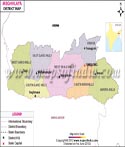 |
| Meghalaya District Map |
Districts in Meghalaya
The districts that form the state are listed below:
- East Khasi Hills (created in 1976)
- East Garo Hills (created in 1976)
- Ri-Bhoi (created in 1992)
- Jaintia Hills (created in 1972)
- West Garo Hills
- South Garo Hills (created in 1992)
- West Khasi Hills (created in 1976)
Major rivers in Meghalaya
The state is home to several rivers. Majority of these rivers and torrents are provided by the rain and as a result of this, they are seasonal rivers. The major rivers in the Garo Hills are as follows:
| Click to View large Map |
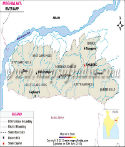 |
| Meghalaya River Map |
- Sanda
- Daring
- Bhogai
- Bandra
- Simsang
- Dareng
- Bhupai
- Nitai
The major rivers in the middle and eastern part of the upland are as follows:
- Digaru
- Umkhri
- Jadukata (Kynchiang)
- Umiam
- Barapani or Umiew
- Mawpa
- Myntdu
- Myngot
WBST311014
Last Updated on: May 18, 2023
